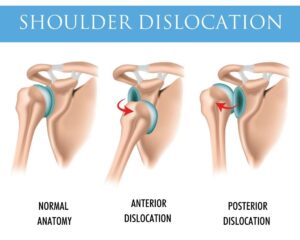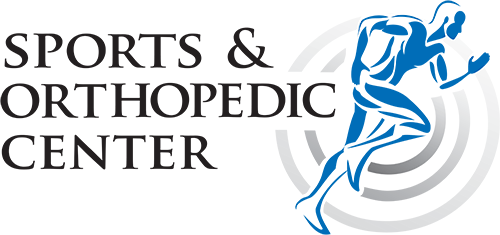ARTHROSCOPIC SHOULDER DISLOCATION REPAIR
A dislocated shoulder is an injury in which your upper arm bone pops out of the cup-shaped socket that’s part of your shoulder blade. The shoulder is the body’s most mobile joint, which makes it susceptible to dislocation.
If you suspect a dislocated shoulder, seek prompt medical attention. Most people regain full shoulder function within a few weeks. However, once you’ve had a dislocated shoulder, your joint may become unstable and be prone to repeat dislocations.
 CAUSES OF SHOULDER DISLOCATION
CAUSES OF SHOULDER DISLOCATION
Your shoulder can dislocate in several ways, including:
- Forward and downward dislocation. These are the most common types of dislocations. They usually result from falling on your outstretched hand or on your shoulder itself.
- Backward dislocation. This type of dislocation may be caused by a direct blow to the front of your shoulder or the violent twisting of your upper arm.
Your shoulder can be either partially or completely dislocated. A partial dislocation is when the head of your upper arm is partially out of your shoulder socket. Complete dislocation is when the head of your upper arm is completely out of your shoulder socket.
SYMPTOMS
- A visibly deformed or out-of-place shoulder
- Swelling or bruising
- Intense pain
- Inability to move the joint
Shoulder dislocation may also cause numbness, weakness or tingling near the injury, such as in your neck or down your arm. The muscles in your shoulder may spasm from the disruption, often increasing the intensity of your pain.
TREATMENT
- Moving the head of your upper arm bone back into your shoulder joint, usually with an anesthetic
- Immobilizing your shoulder with a sling after reduction
- Rehabilitation
- Surgery, if nonsurgical measures do not restore stability
ARTHROSCOPIC SHOULDER DISLOCATION REPAIR
If the soft tissues that stabilize the shoulder are torn or strained as a result of a shoulder dislocation, or if you experience frequent dislocations, our doctor will recommend arthroscopic treatment to repair or tighten the damaged structures. Surgery may also be needed if a dislocation causes damage to the bones in the joint.
Arthroscopy is a procedure for diagnosing and treating joint problems. Our surgeon inserts a narrow tube attached to a fiber-optic video camera through a small incision — about the size of a buttonhole. The view inside your joint is transmitted to a high-definition video monitor.
Arthroscopy allows the surgeon to see inside your joint without making a large incision. Surgeons can even repair some types of joint damage during arthroscopy, with pencil-thin surgical instruments inserted through additional small incisions.
WHAT TO EXPECT
Arthroscopy is an outpatient procedure, which means you can expect to return home within hours of surgery. Doctor may prescribe pain medication for the first week or two. As your shoulder heals and pain lessens, doctors recommend transitioning to an over-the-counter pain reliever.
Doctors recommend immobilizing the arm and shoulder using a sling for four to six weeks while the soft tissues heal. Your doctor monitors healing at a follow-up appointment 10 to 14 days after surgery.
After six weeks, doctors encourage three to six months of physical therapy to rebuild muscle strength and restore range of motion.
If you are still experiencing pain or discomfort, reach out to one of our orthopedic specialists in Sports & Orthopedic Center for information on how to best manage and monitor your pain.

